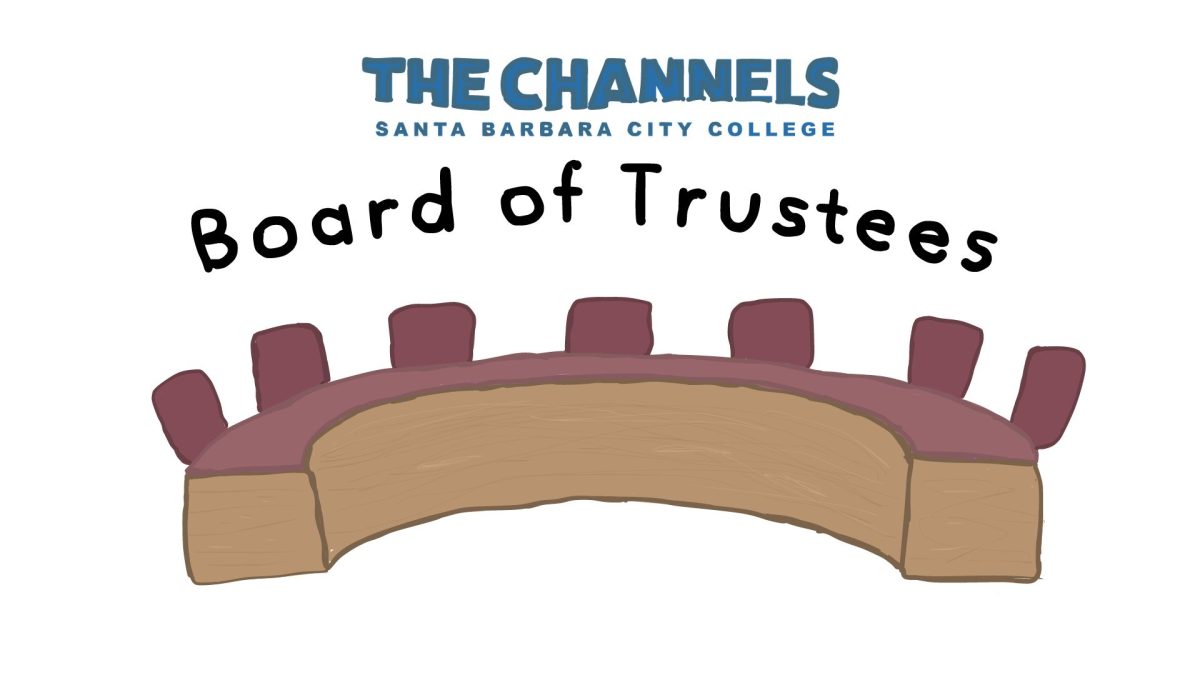At 7 a.m. the campus is quiet. Only a handful of sleepy students dare to raise their bed-heads and greet the day. But from a room near the cafeteria, the wafting smell of baked goods entices anyone near enough to sniff the air and sigh in delicious satisfaction.
Four students and two chefs shuffle from mixer to flour bin to table, back to mixer, in the wee hours of the morning. In this room, 30 pounds of chocolate chip and peanut butter cookies, 60 croissants, and three-dozen scones, cinnamon rolls and apple turnovers will be made in the course of five hours.
Welcome to pastry practicum.
Chefs Randy Bublitz and Mayuree Leelahatorn supervise as four to six students bake everything from rosemary raisin bread to blueberry muffins. Often times, students multi-task and work on three or four projects in their five-hour baking workshop.
“We’re trying to recreate a professional bakery shop,” said Bublitz.
For 15 days in a row, the group of culinary arts students spends their mornings, from 7 a.m. until 1 p.m., working in the bakery making pastries to sell in the cafeteria, the John Dunn Dining Room and the JSB Café. After students have completed their 15 days, they rotate and fresh batch of students come in.
According to Bublitz, of the 120 culinary arts majors at City College, about 20 percent of them will focus on baking as their profession.
“The bake shop is quieter and there’s less stress,” said Bublitz. “There’s a lot more instantaneous stress in a restaurant than in baking.”
The stress that comes with cooking, however, can be the appealing part of culinary for students.
“There’s a lot of waiting around,” said culinary arts student Adam Briggs. “It’s a lot more laid back in here, and you don’t have people yelling at you, but it’s too much waiting.”
With Bart Simpson and dancing ballerina bear cake tins hung on the wall, the bakery is a welcoming environment with equally inviting student chefs.
“I like baking,” said culinary arts student Jessica Garcia. “It’s what I want to do. What I really want to do is make wedding cakes, so this is a good start.”
Some students are only taking the baking class as a requirement to get their culinary certificate.
“I’ve always been cooking for friends at parties and I liked it,”said Briggs. “So I figured I may as well do something I like.”
However, with all the different types of recipes and cooking rules, something is bound to go wrong.
“We say that there’s three reasons why a recipe goes wrong,” said Bublitz. “The student didn’t measure correctly. The student didn’t mix it correctly. Or the student didn’t cook it correctly.”
An easy way to tell if a recipe was followed is to weigh it after all the ingredients have been combined. For example, if a recipe calls for three pounds of flour, two pounds of sugar, and a pound of raisins, the dough should weigh about six pounds.
“The worst is when there’s too much salt,” said Bublitz. He explained that salt is an ingredient that you can’t cover up with more flour or sugar unless you make a larger batch.
“If someone adds too much sugar, they’re not going to complain about it being too sweet,”said Bublitz smiling.
After spending all day around cookies, cakes and croissants, one would think that the students making these masterpieces would develop a sweet tooth.
“You get kind of tired of it,” said culinary arts student Matt Montaneon. “You don’t want to eat them any more.”
Bublitz said that baking is just like any other class on campus, only with sweeter rewards.
“It’s like math,” said Bublitz. “Some students will do really well on a test and others won’t. The only difference is that we can’t serve burnt math tests.”







